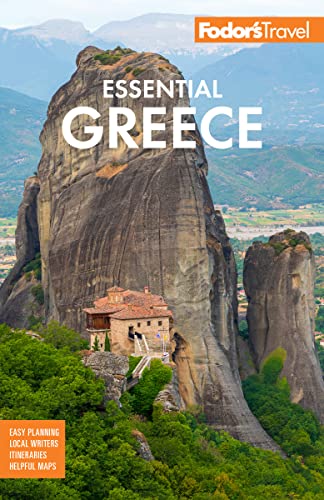Traditional Festivals in the Cyclades
All over Greece, villages, towns, and cities have traditional celebrations that vary from joyous to deeply serious, and the Cyclades are no exception. In Tinos Town, the healing icon from Panayia Evangelistria church is paraded with much pomp on Annunciation Day, March 25, and especially Dormition Day, August 15. As it is carried on poles over the heads of the faithful, cures are effected, and religious emotion runs high. On July 23, in honor of St. Pelagia, the icon is paraded from Kechrovouni Nunnery, and afterward the festivities continue long into the night, with music and fireworks.
If you're on Santorini on July 20, you can partake in the celebration of St. Elias's name day, when a traditional pea-and-onion soup is served, followed by walnut and honey desserts and folk dancing.
Naxos has its share of festivals to discover and enjoy. Naxos Town celebrates the Dionysia festival during the first week of August, with concerts, costumed folk dancers, and free food and wine on the square. During Carnival, preceding Lent, "bell wearers" take to the streets in Apeiranthos and Filoti, running from house to house making as much noise as possible with strings of bells tied around their waists. They're a disconcerting sight in their hooded cloaks, as they escort a man dressed as a woman from house to house to collect eggs. In Apeiranthos, villagers square off in rhyming-verse contests: on the last Sunday of Lent, the paliomaskari, their faces blackened, challenge each other in improvising kotsakia (satirical couplets). On July 14, Ayios Nikodemos Day is celebrated in Chora with a procession of the patron saint's icon through town, but the Dormition of the Virgin on August 15 is, after Easter and Christmas, the festival most widely celebrated, especially in Sangri, Filoti (where festivities take place on August 4), and Apeiranthos.
On Paros each year on August 23, eight days after the huge festival in Parikia at the Church of a Hundred Doors, Naousa celebrates the heroic naval battle against the Turks, with children dressed in native costume, great feasts, and traditional dancing. The day ends with 100 boats illuminated by torches converging on the harbor. On June 2, there is much feasting in Lefkes for the Holy Trinity.




